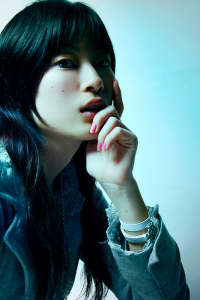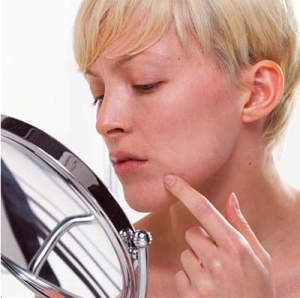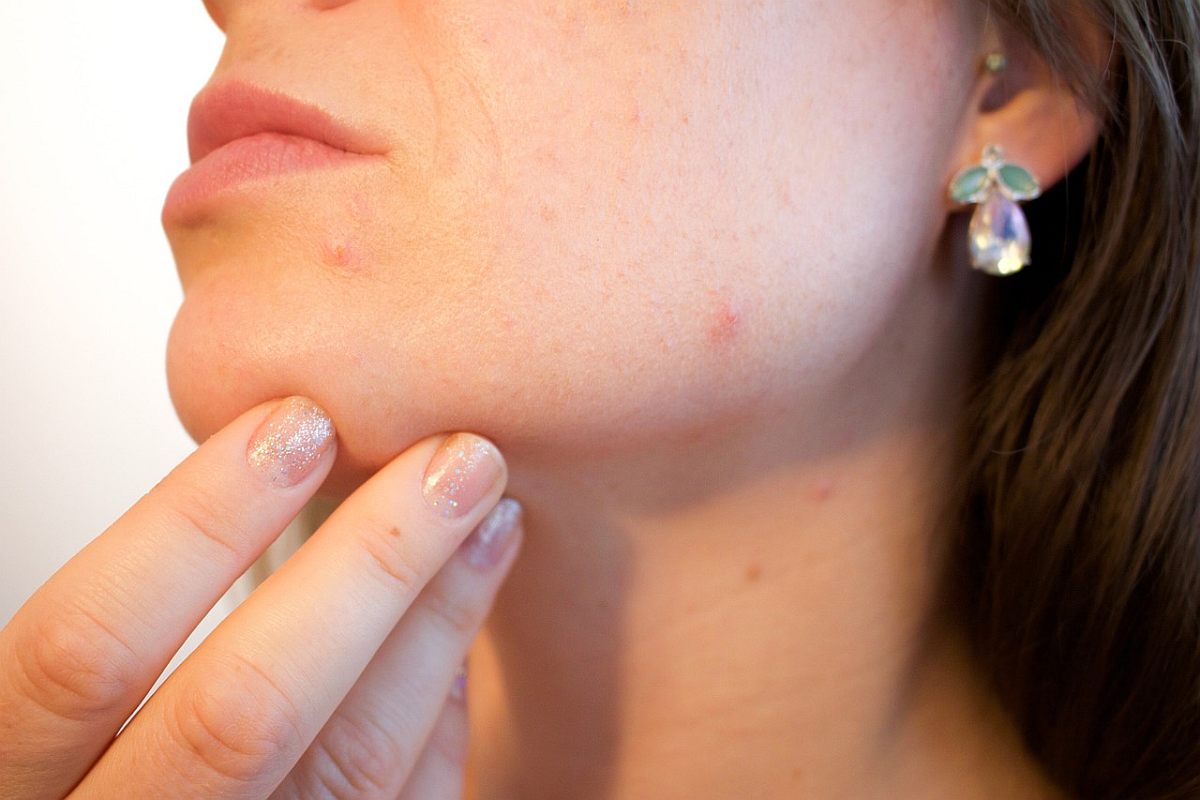 Whether experienced during adolescence or as an adult, acne can be debilitating and a serious source of frustration, leading scores of those with problematic breakouts to seek the help of professional dermatologists and cosmeticians. A number of methods to fight acne have been developed in recent decades, with some sufferers able to secure ongoing relief through the use of one or several types of treatment.
Whether experienced during adolescence or as an adult, acne can be debilitating and a serious source of frustration, leading scores of those with problematic breakouts to seek the help of professional dermatologists and cosmeticians. A number of methods to fight acne have been developed in recent decades, with some sufferers able to secure ongoing relief through the use of one or several types of treatment.
Traditional Acne Cures Don’t Always Cut It
From antibiotics to oil production inhibitors and other products, advances in acne clearing technology have helped some people overcome their skin woes –but others have been left without a workable solution. In some cases, antibiotics and other treatments prove ineffective, or may conflict with personal health regimens.
Problems with classic acne treatments can include:
- Resistance to anti-biotic serums and pills
- Allergic reactions to popular soaps, astringents, and other topical products
- Difficulty adjusting to treatment schedules or costs
Laser Solutions
Recently-introduced laser treatments for the skin have been wildly popular among those with acne resistant to other products, but the expense and potential danger of such treatments can be a turn-off. The growing use of blue light therapies for acne helps address the potential shortcomings of other options, and is supporting a larger blue light presence in professional settings and in homes.
All About Blue Light Therapy
Similar to laser treatments in the exposure of the skin to light, blue light therapies differ in that the specific wavelengths used –and light sources involved– are more gentle and diffused. This gentle approach is largely responsible for making blue light therapy a safe method of home treatment, though some professionals warn that using at-home treatment devices may result in less reliable and less powerful results. For in-office visits, blue light therapy has been approved by the FDA and is quickly gaining support among dermatologists and acne sufferers alike as it provides an effective alternative to older and occasionally failed therapies.
As with many other types of therapies for acne, blue light treatment typically requires frequent application, with suggested visits of around three times per week for persistent acne cases. Side-effects present in other treatment modalities such as excessive dryness are rare with blue light therapy, but may be an issue for some users, and consulting with an experienced blue light operator is essential for creating a customized acne-fighting regimen.
What Blue Light Therapy Targets
While blue light therapy for acne has proven useful in many individual cases, it may not be capable of tackling all sources of breakouts. The primary action of the blue light, often produced with an LED or light-emitting diode, is to kill off a specific kind of bacteria that causes inflammation in acne sites. Issues such as abnormally high oil production and the presence of other types of irritating bacteria may require other treatment types to keep acne under control.
Beyond the Blue
As more effort is poured into the development of blue light therapy for acne, other types of light treatment for everything from rosacea to wrinkles are also being explored, suggesting that the future may hold a colorful light-based collection of therapies for the skin. Harnessing scientific inquiry into the power of light to heal, blue light therapy is fast becoming a popular choice for addressing problematic skin without the need for antibiotics, creams, or other typical products. A professional blue light therapist can consult with potential clients about the ability of this exciting therapy to address their specific skin condition both in the short and the long term.
Author Roxanne Jones blogs for Cadiz Laser Spa, an Austin laser hair removal and medical spa known for providing high-quality cosmetic treatments by professionals using the latest technology in a welcoming atmosphere.



Well, You made me interesting on what is blue light therapy for acne. How it be done… Great!
Hey Smith! Glad to hear I could help out :)
Acne lights are actually blue LED light, and devices provide this blue light color effectively, safely and painlessly. Red light is also used, considered the most important light therapy treatment for skin care since it can be used for more than just acne such as aging, dry skin, and other skin disorders.
Hi Violet!
You’re right the blue light is an LED. And yes red light can also be used, but it does act more as an anti-inflammatory for acne rather than a bacteria-killer like the blue light. You can even find a blue and red light combo to use at the same time to both destroy acne-causing bacteria and reduce the redness.
Thanks for the feedback!
Roxy